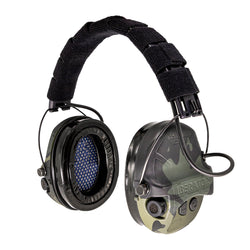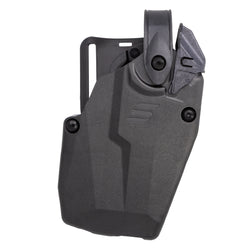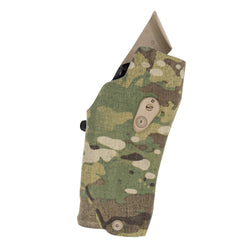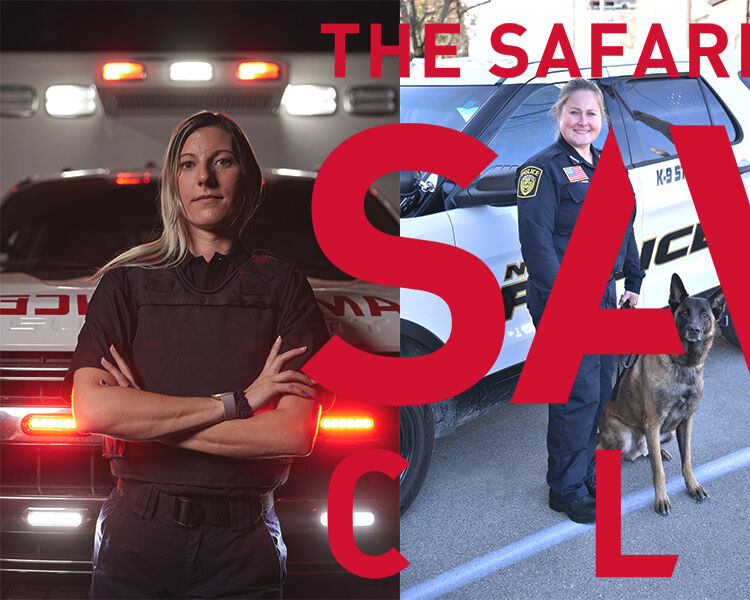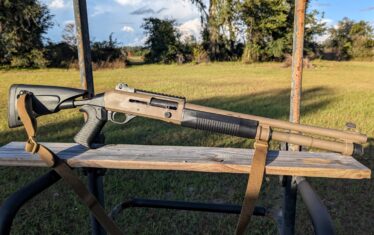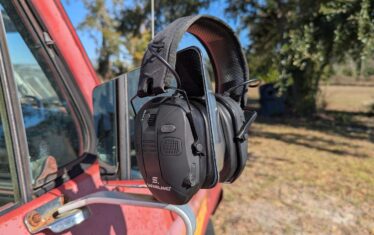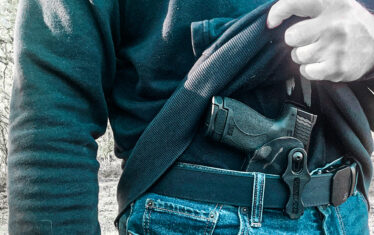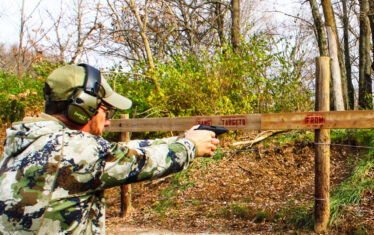The Safariland SAVES program isn’t just a list of names—it’s a testament to lives protected and second chances granted. Each member has a story, a moment when the right gear made all the difference. This series introduces you to those stories.
The Safariland SAVES Club® highlights individuals who put their lives on the line in the line of duty and, in turn, had their lives saved by their gear. In this installment, we meet SAVE 1774 Officer Alex Broder, whose Safariland Summit IIIA Ballistics Panel helped him to return to patrol the streets another day.
BACKGROUND: A New Officer on Patrol
Officer Alex Broder had just graduated from the South Carolina Criminal Justice Academy and begun his field training with the Columbia Police Department in Columbia, South Carolina. He had worked only four shifts, handling several different calls, before his SAVES event occurred.
THE CALL: Suspicious Person in Shandon Neighborhood
In the early morning hours of Thursday, April 27, 2011, Alex was patrolling with his training officer, Nick Scott, when a call came in regarding a suspicious person. In Columbia’s historic Shandon neighborhood, a newspaper delivery driver reported being followed by someone acting strangely and making him feel uneasy.
Alex and his FTO responded to the area, but even with the good description, they were unable to locate the suspect. After deciding to leave the area to assist another officer on a different call, they decided to return to the original area to take another look, with only about an hour left in their shift.
In the meantime, the delivery person saw the suspect and was able to provide law enforcement with the make and model of the vehicle. Alex spotted the vehicle a short while later, initiated a stop with his patrol car lights. The driver didn’t pull over right away—something Alex didn’t initially find suspicious given the road type and limited shoulder space. After stopping briefly, the suspect spun his tires and took off, starting a three-block pursuit.
The suspect suddenly slammed on his brakes. Alex did the same, stopping just a few feet from the bumper. Relying on muscle memory from the academy—Park, Siren, Buckle, Gun, Out—Alex exited his vehicle, standing in the doorway and giving loud verbal commands for the suspect to show his hands.
The suspect’s door opened. He stepped out, left foot hitting the ground, left arm extended, and fired a round towards Alex.
The Shooting
Over the next few seconds, the dynamic changed. Alex felt a round, later identified as a 7.62×25 Tokarev, hit him center mass, between two buttons on his uniform shirt. The blow knocked the wind out of him and dropped him to his knees.
In the moment, Alex knew what had happened, but also knew he needed to stay in the fight and return fire. The suspect exited his vehicle while Alex’s FTO exited the passenger side of their patrol car to also return fire. Moments later, the suspect got back in his car and fled—roughly 30 seconds after the first shot was fired.
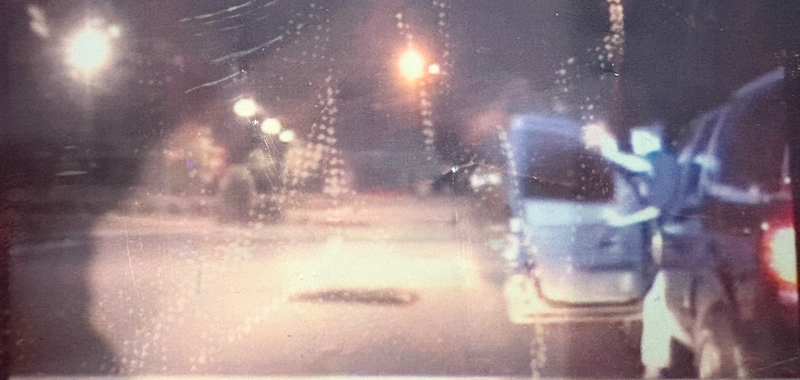
Alex’s FTO called for backup and emergency medical transport for Alex, with units arriving on the scene quickly. Alex was wearing a loaner vest issued during the academy, but he trusted both the gear and the people who issued it. The vest was what saved his life.
Pursuit and Standoff with an Armed Suspect
As Alex was taken to the hospital, the search for the suspect continued. The vehicle registration led officers to a home in the southern part of Alex’s patrol area. The owner said his son had the vehicle and lived at a rental property in the Shandon neighborhood.
Units found the SUV at the duplex. Negotiators worked roughly 2.5 hours to persuade the suspect to turn himself in. With the suspect’s father at the command post, they believed a peaceful resolution was within reach, and the suspect agreed to come out.
But as the SWAT team readied to take the suspect into custody, they heard noises from the other side of the duplex. The suspect had gone through the attic into the adjoining unit and was attempting to flee. He looked out the door to the left and the right, fired three shots at SWAT officers, and started to run. SWAT engaged, neutralizing the suspect and ending the standoff.
Officers later discovered the suspect had cut the gas line behind the stove to cause an explosion for responding units, and tried to shield his girlfriend by wrapping her in a blanket in the bathroom. He had armed himself with two handguns, two long guns, three homemade IEDs, and some drugs in his escape attempt.
RECOVERY & LIFE AFTER
In the ambulance, Alex was told to call his family. He phoned his mother and, realizing the early hour, said, “I’m sorry, I didn’t mean to wake you.” Trying to shield her from the details, he said he was fine and would explain later. But hearing the paramedics in the background, his mother pressed for the truth.
“I’m fine; I’m heading to the hospital,” Alex told her. “But I was shot—and the vest worked. The vest stopped it.”
Thankfully, the trauma center wasn’t too far from the scene, so they arrived quickly. Thankfully, he only had minor wounds. Standing in a shooting stance in his patrol car doorway created an air pocket between the vest and his chest, which may have helped reduce the injury. After three hours in the hospital, he was released and spent several weeks recovering from chest bruising and a knee injury from the fall. While in the hospital, he was also able to get in contact with his then-fiancée to assure her that he was going to be ok.
His department, and the department from his New Jersey hometown, were a great support to him and his family. They arranged transportation and housing for his fiancée and his family to be with him in South Carolina as he healed.
Alex knew he needed to put the uniform back on and see how it would feel. In the end, Alex returned to patrol the streets of Columbia for another four years before moving north with his wife to be closer to family.
He later learned the 23-year-old suspect had been under surveillance from the Narcotics division since being expelled from university for violating weapons and substance rules. A DEA agent later told Alex that he had “taken a round” meant for the agent. The agent had relayed to Alex how they had planned to find out where the suspect was living to further their investigation when Alex’s incident occurred.
Life After: Sharing His Story
For the past 11 years, Alex has worked at Atlantic Tactical, where he shares his story and underscores the importance of proper protective gear for LE personnel. The company helps supply the necessary protective gear to first responders, and Alex is there as a living testimony to its importance.
He credits his vest with saving his life, while the SAVES Club® helps him pay it forward to the next group. Ed Hinchey, who spearheads the SAVES Club®, notes that Alex holds a special record: his SAVES event is the earliest in a career on record.


